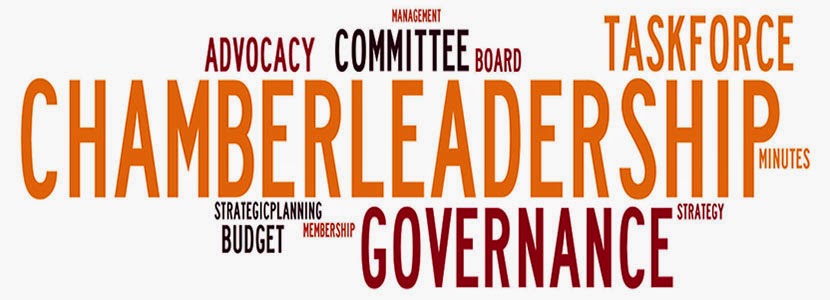What a great discussion from the speakers, as well as the participants, who all deal in membership activities for their organizations. The following comments are my notes from the session.
Onboarding – while I’m sure you’re already doing many of these, I thought I’d put a list of what they suggested from a trade or professional association perspective.
Do’s
- Send them your new member kit via mail or email.
- Welcome call from the CEO, staff member of volunteer (one of your membership ambassadors).
- Ask why they’re joining in your application process or you could do a quick survey after they’ve joined to get to their motivation.
- When onboarding, focus on everything you have to offer that responds to the what, where and how they want to engage with you.
- Do a new member orientation every month for the new members.
- At the end of the day, make messages/communications personal (make a connection).
- Personal introductions to key staff members, outside your CEO, within your organization (i.e., policy experts, etc.).
Don’ts
- Feel as if you have to do everything in-person when onboarding your new members.
- Communicate with all new members as if they’re all the same (i.e., segment them) and focus on their individual needs.
Activation – finding the right hook
- What is the number one member benefit they are interested in?
- Survey them at their six-month anniversary to deepen your ties. It’s important to do this before the renewal cycle.
- They talked about serving the different staff levels of your members, many may want different things and you need to find out what that is (i.e., advocacy for CEO and education/networking for others)?
Onboarding to Activation
- During the Pandemic they talked about moving everything to digital communications, quarterly webinars, etc.
- It’s important to keep your members engaged during these times and sending mail was not the best option, at least at this time.
- Try some more informal meetings throughout the year for different segments of your membership (i.e., networking for those individuals).
- Moving forward they feel as if events will be a combination of hybrid options of in-person and online programs.
A main theme that came out for me is don’t give them too much all at once (think drinking water from a firehose). You should have a three-month, six-month or nine-month campaign where you are communicating with them on their membership benefits (drinking water through a garden hose). Obviously, they’ll be getting all your regular communications throughout the year on other membership activities and programs.
It’s important to be consistent in your onboarding process communications. A first Monday of the month communication for your three, six or nine-month strategy should be tight, focused and based on features of membership.
Another thought was don’t ask for them to volunteer in these communications or don’t do a direct marketing campaign to sell them something else. Give them time to engage with the free features of membership. BTW, money is tight right now!
Some even have a rule of don’t sell them anything for the first six-months of their membership (i.e. a solicitation for a PAC contribution or Foundation donation if you have either).
Having a CMS or marketing tool that automates this process is key. For a resource on auto marketing from Hubspot go HERE.

